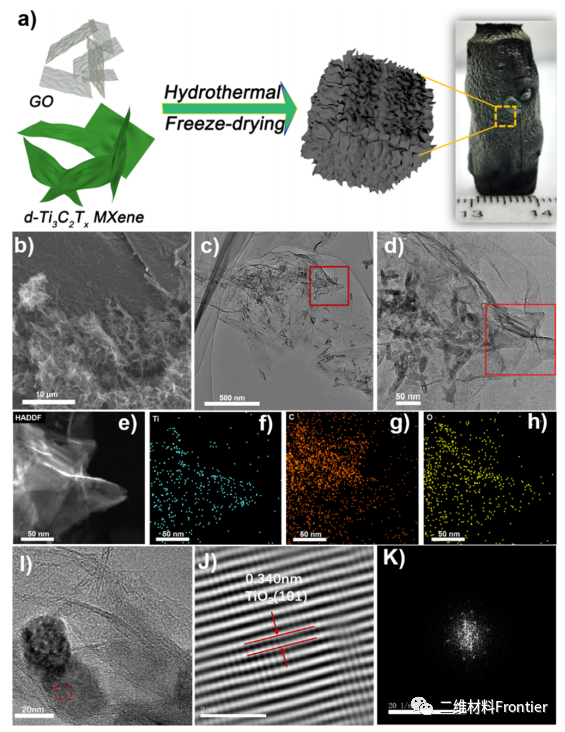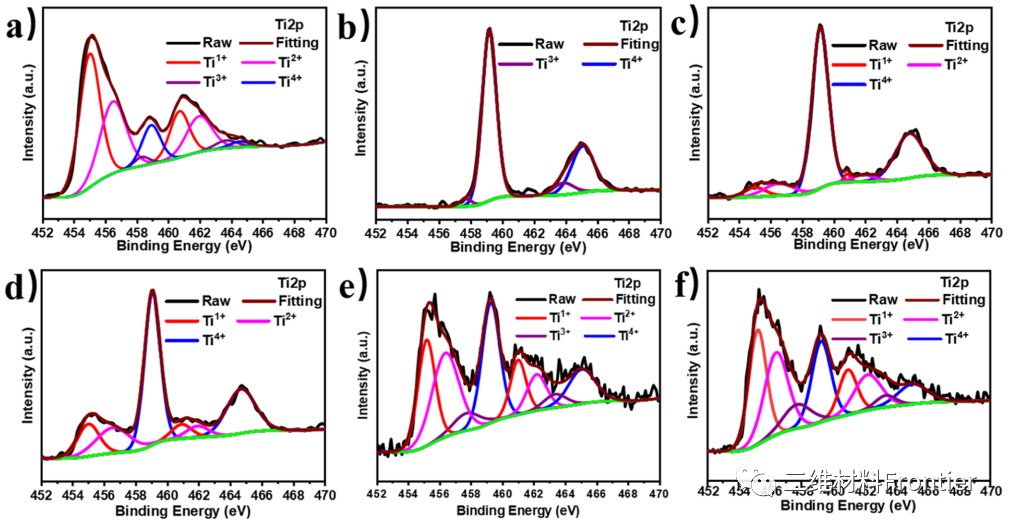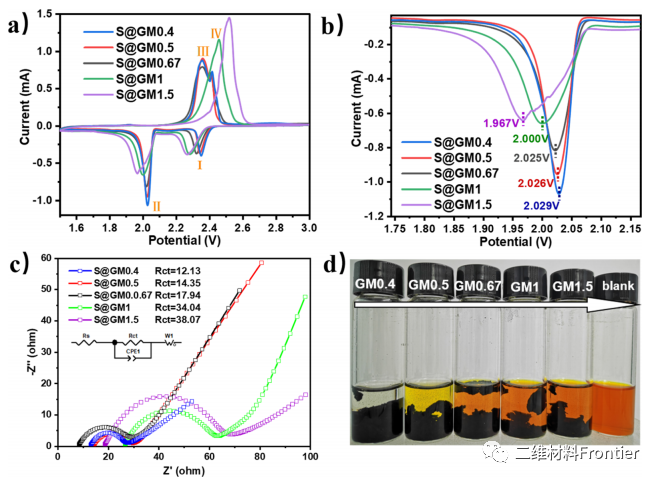已传文件:photo/1631586161.png

1. Article overview
High theoretical specific capacity and abundant resources make sulfur an ideal cathode material for lithium-metal batteries. However, the shuttle effect and slow reduction reaction kinetics of lithium polysulfides (LiPSs) seriously affect the battery performance. Here, we report a new type of −-Ti3C2TxMXene aerogel with a three-dimensional network structure as the main sulfur cathode material for lithium-sulfur batteries (LiSBs), which is conducive to the adsorption/catalytic conversion of LiPSs. Dissolved LiPSs can be quickly captured by chemical adsorption, and then on the surface of d-Ti3C2TxMXene is catalyzed by low-coordination Ti to insoluble Li2S. The combination of adsorption and catalysis greatly improves the capacity and cycle performance of lisb. When the sulfur mass load is 1.5mmcm−2, the battery using the sulfur@GM0.4 composite electrode obtains excellent cycle performance.
2. Graphic guide

Figure 1. Schematic diagram of (a) GMr synthesis; (b) SEM, (c, d) TEM, (e) (f) Ti, (g) C, (h) O and (i−k) HRTEM images HAADF-STEM and EELS element mapping images.

Figure 2. XPS analysis chart of (a) d-Ti3C2TxMXene, TMene, (b) 1.5, (c) GM1, (d) GM0.67, (e) GM0.5 and (f) GM0.4.

Figure 3. The catalytic and adsorption properties of GMr for LiPSs conversion.
3. Full text summary
In summary, a series of d-Ti3C2TxMXene/X titanium dioxide three-dimensional network aerogels with different ratios of cathode materials have been synthesized. The layered distribution of the porous structure provided by the three-dimensional network structure can effectively promote the diffusion of lithium ions, thereby reducing the concentration polarization. It is important that the host material with lower coordination state titanium can enhance the electrochemical redox reaction of sulfur. Titanium dioxide nanoparticles carried on the reduced graphene oxide increase the polar sites on the non-polar surface. A multifunctional interface that can effectively absorb LiPSs and significantly catalyze the dialogue with Li2S was successfully constructed in GM0.4. The synergy between the catalytic conversion and adsorption of LiPSs can effectively solve the shuttle effect and slow reduction kinetics of LiPSs, thereby improving the performance of LiSBs. This work provides new insights for the design of advanced conductive hosts with dual catalytic/adsorption effects on high-performance LiSBs.
Article link:
https://doi.org/10.1021/acsami.1c17881
This information is sourced from the Internet for academic exchanges only. If there is any infringement, please contact us to delete it immediately.







